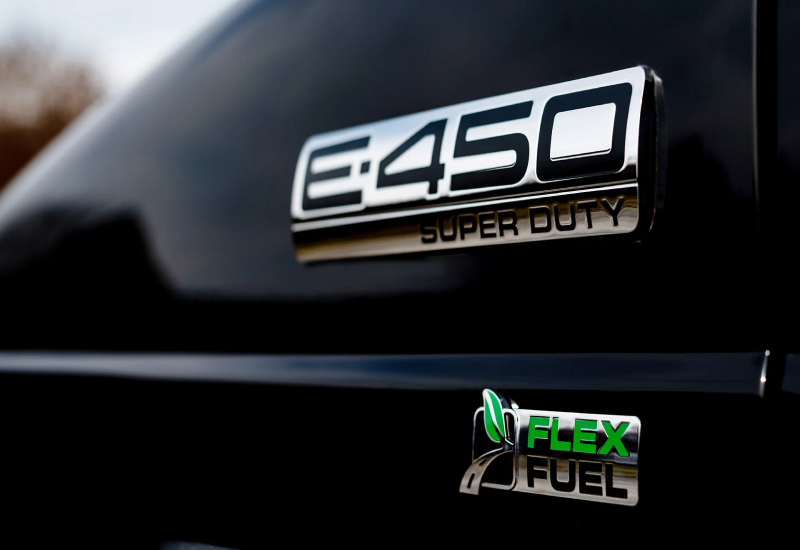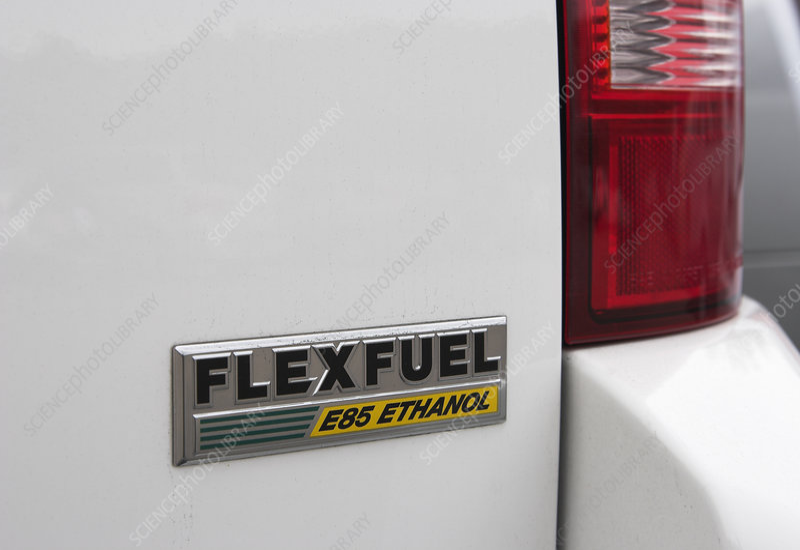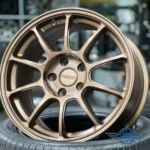

Meaning of FlexFuel or FlexiFuel badges we see on Cars.
Below, we look at the Meaning of Flexfuel or Flexifuel badges we see on cars.
Just What Are The Flexi-fuel Logos I Am Seeing On Brand New Cars, You may have well noticed logos on new cars and trucks of Flexfuel or Flexi-fuel.
You may have well wondered what this innovation is, is it something to increase fuel efficiency?.
Is it a means of being able to use regular gasoline instead of high premium test?.
The automobile industry has a well deserved record of relaunching and repackaging old products as new and simply applying chrome and simple modifications to previous models and technologies and selling them as new products and innovations.
Flexifuel is new, a Flexifuel vehicle is a flexible-fuel vehicle (FFV) or a dual-fuel vehicle.
Flexi fuel vehicles may also be called flex-fuel as well. The Flexi fuel vehicles that you are seeing on American roads are designed to run on ethanol (a type of alcohol), gasoline or any mixture of both.
Cars made previously to 1980 can not tolerate any ethanol at all. The ethanol played havoc with those cars rubber seals, aluminum and other components of those car models.
Cars made after 1980 onwards could tolerate and run on gasohol a 10 % mixture of ethanol mixed with 90 % gasoline.

What makes Flexfuel cars different is that they can run on gasoline or ethanol alcohol, or gasoline with percentages up to 85 % ethanol. That combination of 85 % ethanol with alcohol is commercially sold and referred to as E85 fuel. No damage of any kind is done to cars certified with the Flexfuel certification when they run ethanol / gasoline combinations or straight gasoline.
Furthermore, the owner can switch back and forth without skipping a beat. .
Flexi fuel cars have been used for a number of years in Brazil, since the 1980s and the energy crisis, Brazil built up a substantial ethanol industry in tandem with its sugar cane production.
As a result of Flex-fuel automobiles, Brazil has substantially reduced its dependence on costly foreign imported oil, as a result of Flexi-fuel gas / ethanol cars, Brazil has reduced its dependency on foreign imported oil and saved much precious foreign currencies.

Motorists choose their type and grade of fuel depending on availability or cost or a combination of all of the above.
Gasoline can be used by Flex-fuel cars, so also can it use up to 10 % Gasohol. . Ethanol / Gasoline fuels can be used all the way up to 85 % ethanol mixed with 15 % gasoline.
There are some disadvantages to Flex-fuel though, because the Flexi-fuel engine has to be all things to all kinds of fuel.
The Flex-fuel vehicle may not be as fuel efficient as a regular gasoline single fuel engine.
Secondly ethanol’s higher volatility means that ethanol mixed with gasoline may actually increase smog which is not a good idea in large urban areas or in areas such as California which rely on a large amount of vehicles with much driving in an automobile culture.
However there are often tax advantages and credits both directly for using ethanol based fuels both for the motorist and the car manufactures in their fleets.
There are currently more than an estimated 4 million flexible-fuel vehicles currently being operated on American roads. Most of the owners of these vehicles have no idea of the capabilities of their engines to accept ethanol based fuels. In the last number of years many cars had the term Flexi-fuel without even the dealer or never mind car owners even knowing what the term meant.
Add a comment Cancel reply
Comments (0)
kamagra pharmacie du canada
canada kamagra pas cher
kamagra nourri ex pas cher
kanadský kamagra bez lékařského předpisu
kamagra žádný předchozí skript
kamagra cena
cheapest buy itraconazole generic real
itraconazole canada no prescription
generic itraconazole quick shipping
cheap fildena purchase in canada
get fildena australia discount
how to buy fildena generic overnight delivery
buy cheap gabapentin generic sale
buying gabapentin generic pharmacy canada
cheapest buy gabapentin cheap genuine
cheap flexeril cyclobenzaprine generic best price
buying flexeril cyclobenzaprine new zealand buy online
discount flexeril cyclobenzaprine cheap new zealand
online order dutasteride generic for sale
how to buy dutasteride cheap online canada
how to buy dutasteride usa suppliers
cheapest buy avodart purchase in australia
Buy avodart no r x cheap
discount avodart australia online generic
how to order staxyn france where to buy
cheap staxyn canada shipping
staxyn pills canada
how to buy xifaxan buy generic
discount xifaxan
get xifaxan generic ireland
rifaximin prices us
ordering rifaximin generic switzerland
cheap rifaximin cheap sale
get enclomiphene purchase toronto
buying enclomiphene generic online cheapest
buy cheap enclomiphene generic order
buy androxal purchase singapore
ordering androxal generic does it works
cheap androxal online no rx
Categories
- Auto Detailing (25)
- Car News (26)
- Car Reviews (26)
- Classic Cars (24)
- Uncategorized (1)
Recent Posts
Related posts


Tyres and Wheel Maintenance for Your SUVs.

Differences between Mud Guards, Mud Splash and Mud Flaps.








